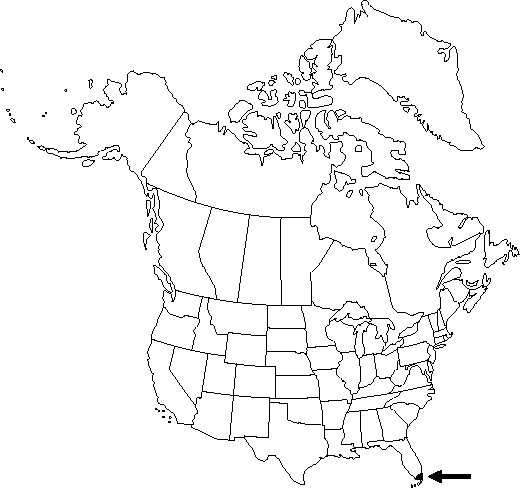Difference between revisions of "Laportea aestuans"
Gard. Bull. Straits Settlem. 21: 200. 1965.
imported>Volume Importer |
imported>Volume Importer |
||
| Line 58: | Line 58: | ||
|publication year=1965 | |publication year=1965 | ||
|special status=Introduced | |special status=Introduced | ||
| − | |source xml=https:// | + | |source xml=https://bitbucket.org/aafc-mbb/fna-data-curation/src/2e0870ddd59836b60bcf96646a41e87ea5a5943a/coarse_grained_fna_xml/V3/V3_180.xml |
|genus=Laportea | |genus=Laportea | ||
|species=Laportea aestuans | |species=Laportea aestuans | ||
Revision as of 22:46, 5 November 2020
Herbs, annual, 1-10 dm, sparsely to densely pubescent with stinging hairs and stipitate-glandular, nonstinging hairs. Leaf blades broadly ovate to nearly orbiculate, 9-20 × 6-16 cm, base rounded or abruptly attenuate, auriculate, margins regularly serrate or dentate, apex short-acuminate. Inflorescences with both staminate and pistillate flowers in same panicle, or proximal panicles with staminate flowers. Staminate flowers ca. 2 mm across; tepals 4-5, equal in length; stamens 4-5, opposite tepals; filaments longer than tepals. Pistillate flowers ca. 0.7 mm; tepals 2-4, appressed, inner pair ca. 1/2 length of ovary; ovary ovoid to ellipsoid; style persistent, hooked and beaklike, ca. 0.2 mm, becoming knoblike in fruit. Achenes strongly compressed, ± orbicular, ca. 0.9 × 1.3 mm.
Phenology: Flowering fall–winter.
Habitat: Waste places, cultivated ground
Elevation: 0-10 m
Distribution

Introduced; Possibly Fla., Mexico, West Indies, Central America (Costa Rica and Panama).
Discussion
Plants of Laportea aestuans in the flora have slightly auriculate leaf bases; those from outside the flora area frequently have rounded or truncate leaf bases.
Selected References
None.